ARCHITECTURE IN TRANSFORMATION: THE DISAPPEARANCE OF ARCHITECTURES
SOMETIMES,WE MAKE ARCHITECTURE DISAPPEAR.WE MAKE IT MELT WITHIN THE TERRITORY,BLURRING THE LINES BETWEENARCHITECTURE AND LANDSCAPE,BETWEEN PHYSICALITY AND IMMATERIALITY,BETWEEN PRESENCE AND ABSENCE...
UNRUIN—RETHINKING DEAD SPACE
Students: Francisco Joao Sousa; Gabrlel Ferrelra da Silva; Ana Rlta Gomes
Tutors:
Project: Unruin—Rethinking Dead Space
School: Faculdade de Arquitectura da Universidade do Porto (FAUP)
Stretching for 1,5Km, Bonjardim Street in Porto, Portugal, was once one of the main arteries in the city’s urban development. With its origins in the 13th century, it played a major role, connecting Porto to other regions in the North of Portugal. Being one of the expansion´s routes of the city, housing and small markets were the source of its high activity. As a medieval organic path, small-scale buildings soon contained Bonjardim, constraining the street to an average width of 5,5meters. Nowadays, although located in the city´s historical downtown and connected to key places such as S. Bento and Trindade train and subway interfaces, Bonjardim is decaying, victim of its own scale, and fast urban degradation. The population exodus towards the city’s periphery areas is slowly transforming the street into an abandoned place. The major causes are the lack of housing rehabilitation strategies and the downsizing of the retailing places, which are creating more and more ruins along the street and reducing its activity.
Bonjardim cannot play the same concept as it did for centuries, as it is not longer a key expansion artery and one of the main centres for the city´s activity. Restoring its importance and identity recquires another type of effort, one that could allow it to become a relevant space in relation to its urban surroundings. By introducing public spaces related to each other, with specific programs that are not yet very common in Porto, Bonjardim would gain another sense of identity and importance within the city’s social activities. Nevertheless, instead of destroying entire blocks or renewing existing squares along the street, the strategy would imply the use of abandoned ruins, located all along Bonjardim and permitting the insertion of a continuous program of public spaces. Blended in the ruins, these spaces would function as aggregation points, drawing all kinds of people towards them. These public spaces, divided into six typologies, introduced new activities that are becoming relevant in today’s Porto society. Playgrounds, exposition rooms, performing spaces, viewpoints, relaxing and standard free spaces are the means to restore the street’s and the ruins’ activity. Mixing the addition of these new spaces with ruin renovation could mean a cheap and simple effort that would integrate new programs in pre-existing built spaces.
In order to give the image of a continuous plan along such a long street, the materiality of the spaces would have to be continuous as well. To reduce cost and assembling efforts, and also to offer a new and light image to the street, everything would be built in wood. This material, being the one mainly used in the street’s buildings, would easily fit in Porto’s typically narrow and long building plots. As an effort against degradation and vandalism, these spaces would only be open during daytime, and try to give a sense of outdoor space within the ruins.
This strategy is the proposal of a new understanding of public spaces and renovation of abandoned places, blending new architecture in existing urban fabric and adding new programs relevant to today's society.
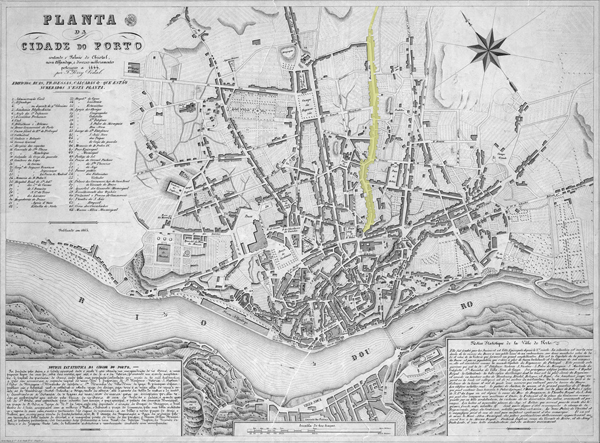
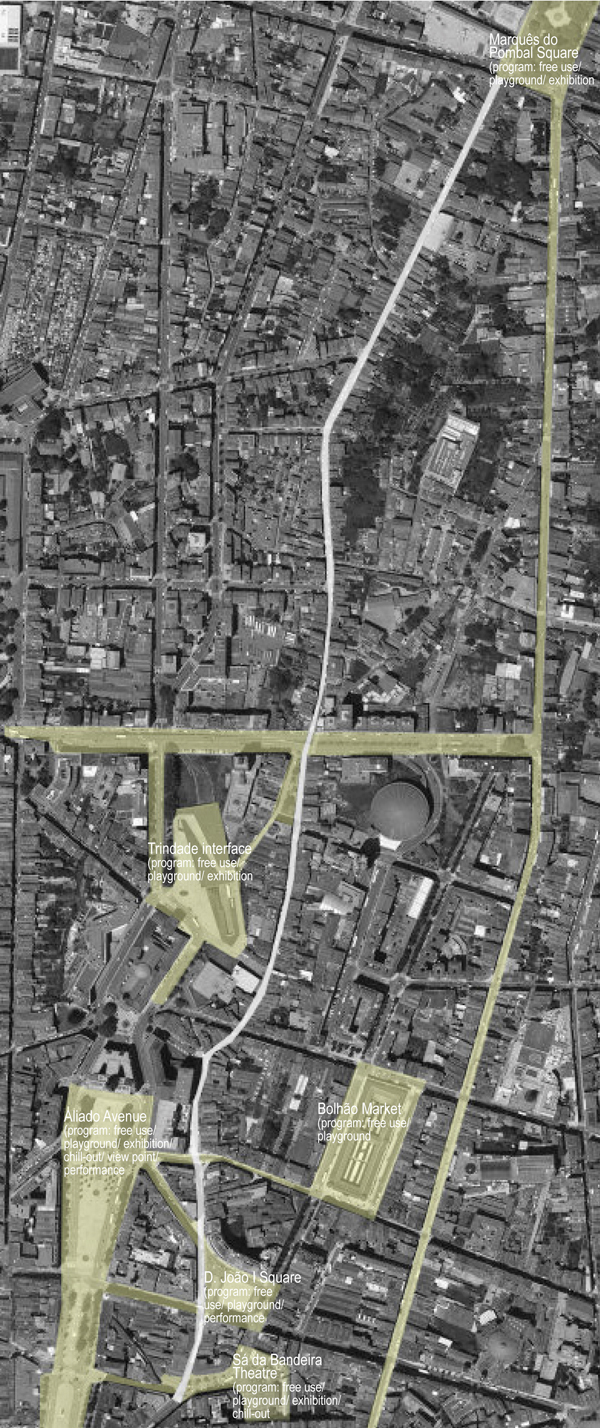


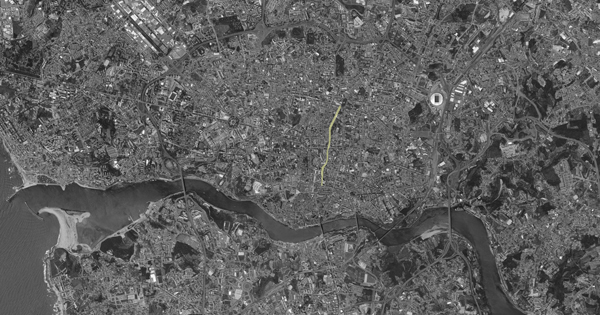


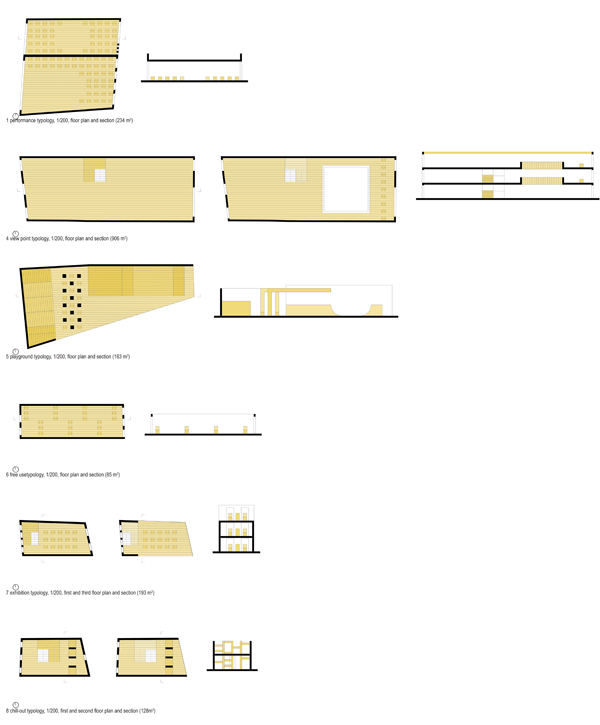
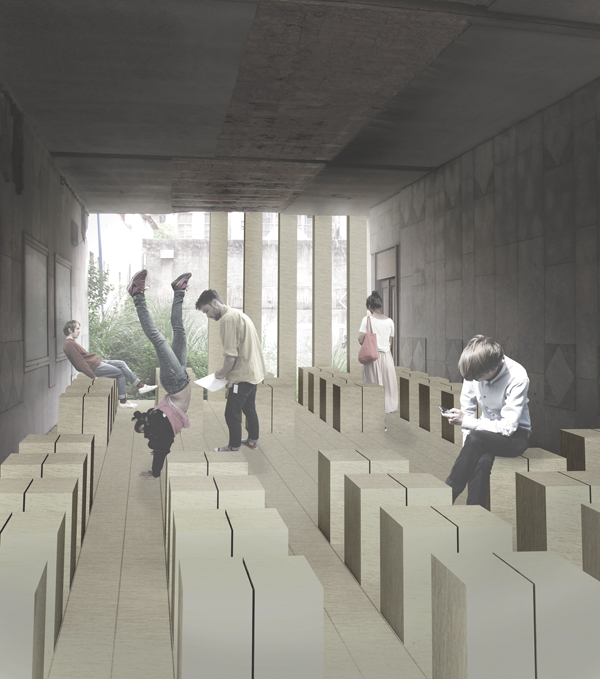
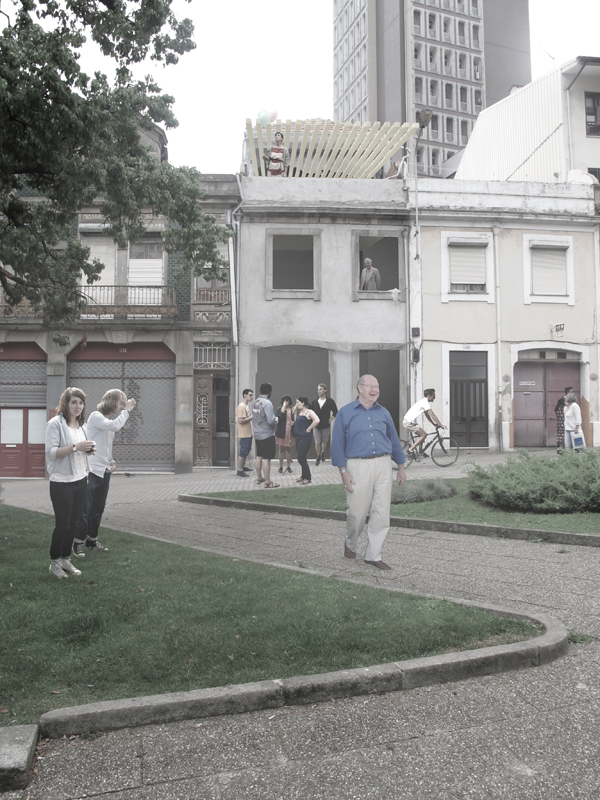
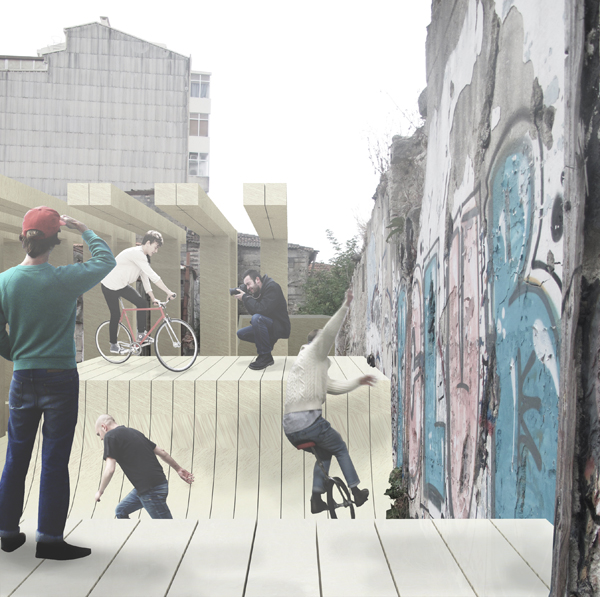
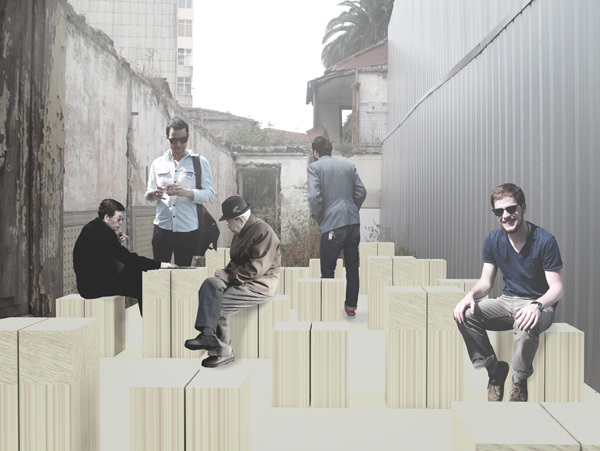


Copyright 2013 http://www.UEDmagazine.net/ All Rights Reserved Urban Environment Design (UED) Magazine Press©
Telephone::+86(010)88084405 88381596 88084420 Fax: 010-88384460
Address: No. C185, Fuchenglubeiyijie, Ganjiakou, Haidian District, Beijing
Postcode:100037 京ICP备 10013871号